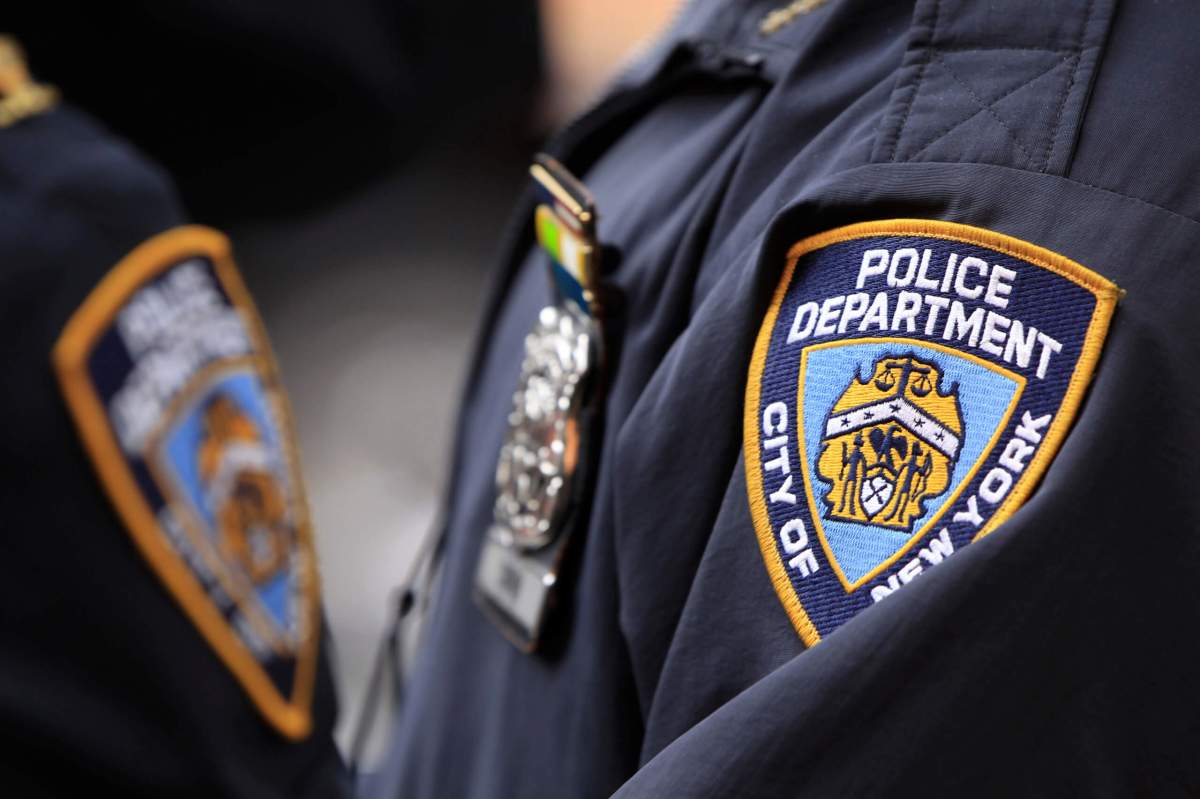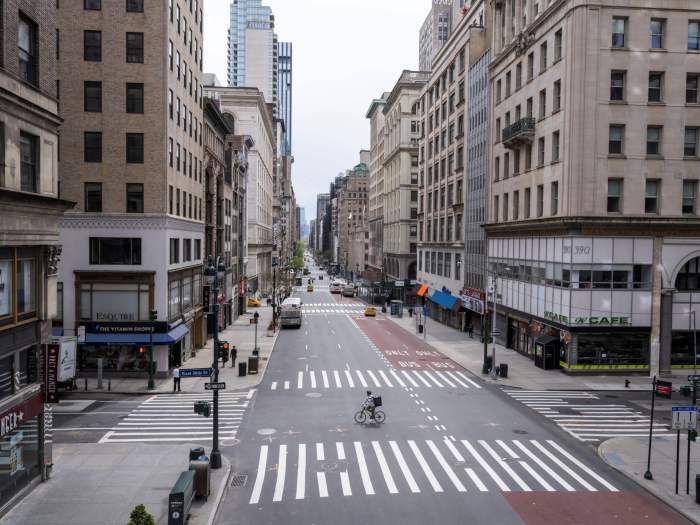The New York City Police Department announced results Friday of an independent community survey conducted to evaluate the impacts of Neighborhood Policing on crime, public safety and the public’s trust in the police.
The survey was conducted by the RAND Corporation, in partnership with the New York City Police Department and the Mayor’s Office for Economic Opportunity. RAND researchers began conducting the independent evaluation in late 2018.
The independent evaluation involved two surveys which asked people in diverse communities to respond to more than 80 questions measuring three elements of police-community relations including engagement, trustworthiness and guardianship. The RAND Corporation administered the surveys in November 2020 and May 2021.
“These survey results show that most New Yorkers were satisfied with the NYPD and that we also have areas where we need to do some work,” said police commissioner Dermot Shea in a press release from the New York City police department. “Our goal in collecting this information is to better understand perspectives on the police in New York City’s neighborhoods, and to help guide our efforts to strengthen relationships with the communities we serve.”
Two-thirds of respondents reported positive attitudes toward police in their neighborhoods.
Results were analyzed by dividing New York City’s zip codes into groups representing four levels of violent crime. Researchers found that, generally, respondents who live in areas with lower violent crime agreed more often with positive statements about police than those who live in areas with higher violent crime.
After evaluating data from both surveys, RAND identified 11 questions as the best measures of engagement, trustworthiness and guardianship. The maximum margin of error for citywide percentages, given the study design, is ±5.2%.
In the second survey in May 2021, 63% of people, citywide, agreed that the police are addressing problems that concern people in their neighborhood. But only 47% of people living in zip codes with the highest violent crime agreed with this statement while 74% of people living in zip codes with low violent crime agreed.
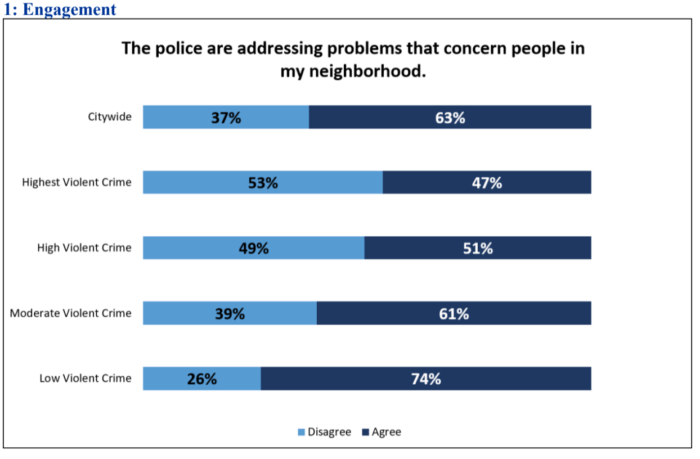
In the same survey, 60% of people, citywide, agreed that the police in their neighborhood do not allow racial biases to affect their actions. But only 35% of people living in zip codes with the highest violent crime agreed with this statement while 76% of people living in zip codes with low violent crime agreed.
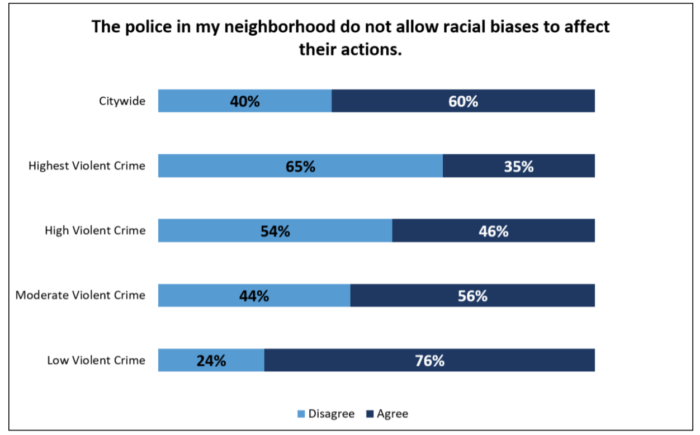
The May 2021 survey also found that 64% of people, citywide, agreed that their neighborhood is a better place because of the police. But only 43% of people living in zip codes with the highest violent crime agreed with this statement while 73% of people living in zip codes with low violent crime agreed.
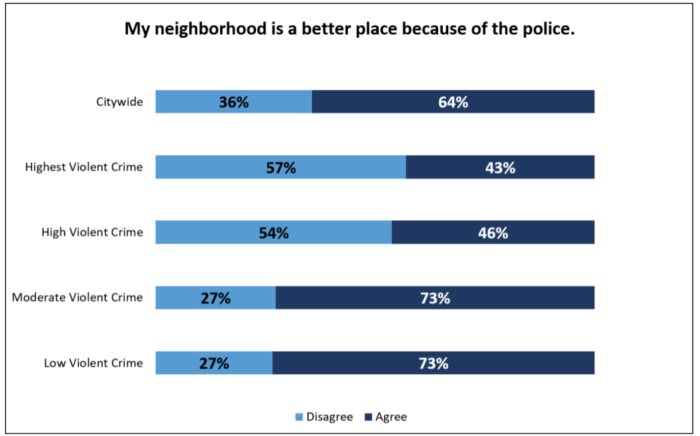
The survey information will help the NYPD continue to improve Neighborhood Policing, said RAND Co-Principal Investigator Melissa Labriola in the release.
More information on the evaluation of the NYPD’s Neighborhood Policing philosophy will be released in the coming months.



